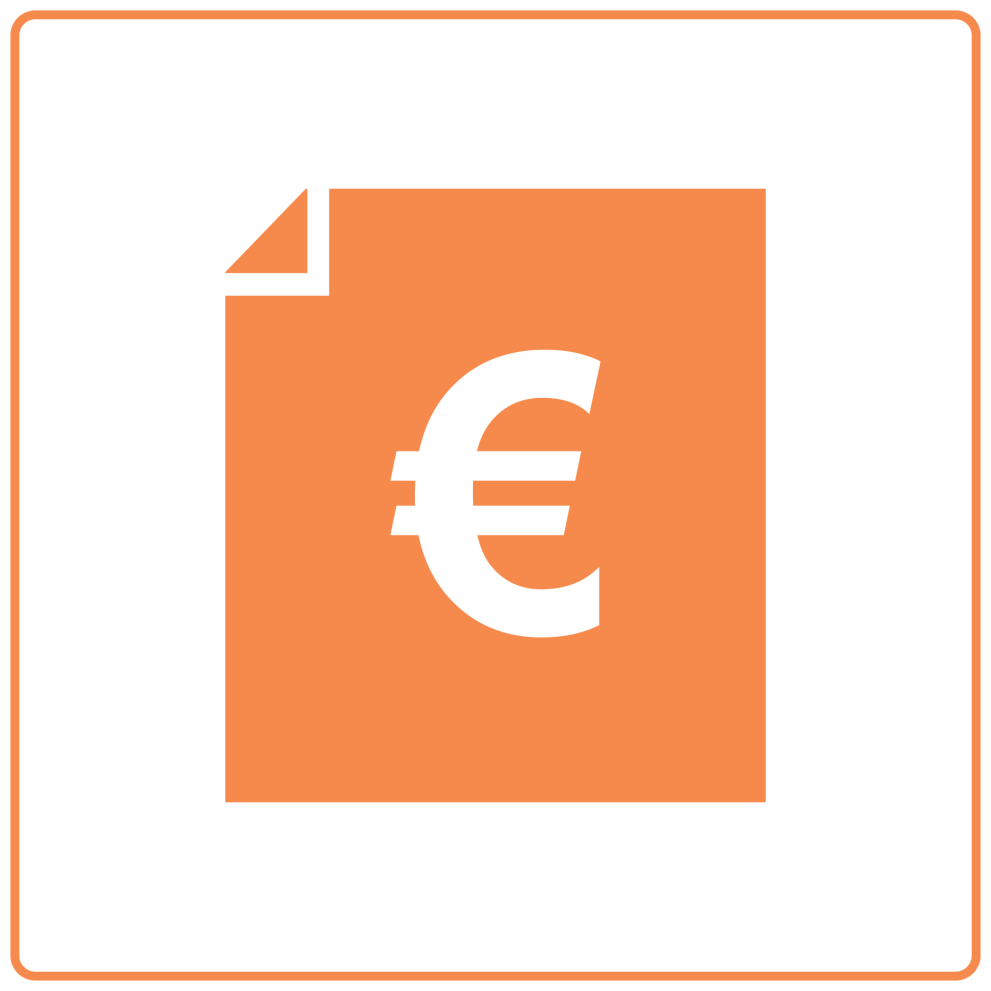The Carbon Border Adjustment Mechanism (CBAM) is the EU's tool to put a fair price on carbon emitted during the production of carbon-intensive goods that are entering the EU, and to encourage cleaner industrial production in non-EU countries.
CBAM will apply in its definitive regime from 2026, with a transitional phase of 2023 to 2025. This gradual introduction is aligned with the phase-out of free allowances under the EU Emissions Trading System (ETS) to support the decarbonisation of EU industry.
CBAM definitive regime (from 2026 onwards)
The CBAM definitive period will start on 1 January 2026, therefore please read carefully and follow the instructions in the Authorisation Management Module section as soon as possible to submit your CBAM application. Importers of CBAM goods (or their indirect customs representatives) are urged to apply for the status of authorised CBAM declarants.

EU importers or their indirect customs representatives importing more than the single mass-based threshold of 50 tonnes of CBAM goods into the EU will have to apply for the status of authorized CBAM declarants. They will buy CBAM certificates from the national authorities in their country of establishment. The price of the certificates will be calculated based on auction price of EU ETS allowances expressed in €/tonne of CO2 emitted, as a quarterly average in 2026 and as a weekly average from 2027 onwards.

EU importers will declare the emissions embedded in their imports and surrender the corresponding number of certificates each year.

If importers can prove that a carbon price has already been paid during the production of the imported goods, the corresponding amount can be deducted.
All implementing and delegated acts adopted in the December package are available at the following link:
CBAM transitional phase (2023 – 2025)
On 1 October 2023, the CBAM entered into application in its transitional phase, with the first reporting period for importers ending 31 January 2024. The gradual phasing in of CBAM allows for a careful, predictable and proportionate transition for EU and non-EU businesses, as well as for public authorities.
CBAM will initially apply to imports of certain goods and selected precursors whose production is carbon-intensive and at most significant risk of carbon leakage: cement, iron and steel, aluminium, fertilisers, electricity and hydrogen.
With this enlarged scope, CBAM will eventually – when fully phased in – capture more than 50% of the emissions in ETS covered sectors. The objective of the transitional period is to serve as a pilot and learning period for all stakeholders (importers, producers and authorities) and to collect useful information on embedded emissions to refine the methodology for the definitive period.
During this period, importers of goods in the scope of the new rules will only have to report greenhouse gas emissions (GHG) embedded in their imports (direct and indirect emissions), without the need to buy and surrender certificates.
Indirect emissions will be covered in the scope after the transitional period for some sectors (cement and fertilisers), based on a defined methodology outlined in the Implementing Regulation published on 17 August 2023 and its accompanying guidance.
The Implementing Regulation on reporting requirements and methodology provides for some flexibility when it comes to the values used to calculate embedded emissions on imports during the transitional phase.
Until the end of 2024, companies will have the choice of reporting in three ways:
- full reporting according to the new methodology (EU method);
- reporting based on an equivalent method (three options);
- reporting based on default reference values (only until July 2024).
Why CBAM?
Climate change is a global problem that needs global solutions. As the EU raises its own climate ambition, and as long as less stringent climate policies prevail in many non-EU countries, there is a risk of so-called ‘carbon leakage'.
Carbon leakage occurs when companies based in the EU move carbon-intensive production abroad to countries where less stringent climate policies are in place than in the EU, or when EU products get replaced by more carbon-intensive imports.
CBAM is a system to confirm that a price has been paid for the embedded carbon emissions generated in the production of certain goods imported into the EU. This ensures that:
- the carbon price of imports is equivalent to the carbon price of domestic production;
- the EU's climate objectives are not undermined.
CBAM is designed to be compatible with WTO rules.
National Competent Authorities and EU importers
- 3 JANUARY 2024
Restricted for NCAs only
Webinar for National Competent Authorities on CBAM-related legal and policy matters
e-learning module for National Competent Authorities
NCA Contacts
Access to the CBAM registry should be requested through the National Competent Authority (NCA) of the EU country in which the importer is established.
- 8 DECEMBER 2025
Sectoral information
The Commission organised a series of online webinars, covering general features of the CBAM as well as the specifics of each sector (iron & steel, aluminium, cement, fertilisers, electricity and hydrogen).
Support for developing countries
The European Union is committed to supporting developing countries and Least Developed Countries (LDCs) in implementing the CBAM, greening their industries, and transitioning to renewable energy sources. The EU is also committed to help those countries interested in introducing or enhancing their carbon pricing systems. The following document provides an overview of guidance and technical support offered by the EU as well as of programmes supporting the green transition in developing countries and LDCs.
- 29 MAY 2024
Latest developments
The Commission proposed measures to close loopholes to prevent circumvention and strengthen the efficacy of EU's Carbon Border Adjustment Mechanism's (CBAM), in response to feedback received from industry.
The amended Regulation as regards simplifying and strengthening the CBAM has been published in the Official Journal of the European Union.
On 28 August 2025, the Commission launched a call for evidence that aims to gather the opinions of all stakeholders on the rules on the methodology for calculating emissions embedded in CBAM goods, rules on the adjustment of CBAM certificates to reflect the EU ETS free allocation, and rules on the deduction of the carbon price paid in a third country.
The European Commission has announced plans to introduce a new measure to address the risk of carbon leakage for EU-produced goods produced in CBAM sectors.
More information

Guidance on implementing CBAM, information on the self-assessment tool and other relevant information for the various stakeholders involved.

Information on the CBAM registry and reporting requirements for importers and installation operators.

Information specific to each of the 6 sectors under CBAM: cement, aluminium, fertilisers, iron and steel, hydrogen and electricity.

